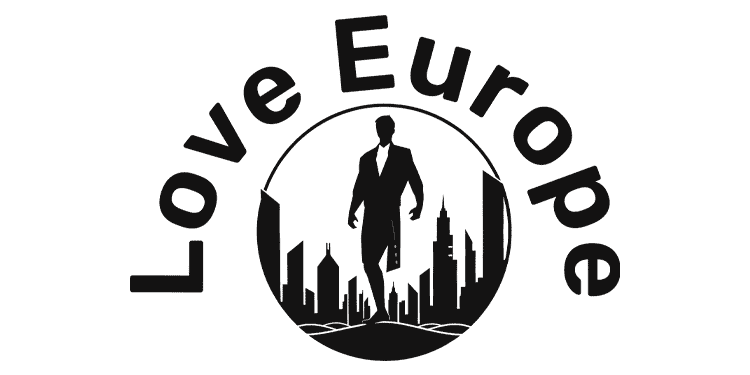Presidents’ Playground: History of presidents in the Coachella Valley
A history of U.S. Presidents in the Coachella Valley. (Oct. 7, 2017)
Richard Lui/The Desert Sun
If the American West is supposed to represent the inversion of the historical weight of Europe, a spectacle can only be expected when the two meet. This might explain why Palm Springs has always found the visit of a distinguished or nearly distinguished European fundamentally exciting. Perhaps the excitement is borne out of the sheer difference between the two places, or perhaps it has something to do about an unspoken desire of having our “new” society validated by the presence of someone from the old.
Regardless, one does not have to look far afield to find examples of this in Coachella Valley’s history, from the society columns lauding the pseudo-royalty who lunched at the El Mirador in the 1930s, to King Philip’s (then a prince) much commemorated visit of 1966 where, among many other fetes, he rode horses with Montie Montana. The European architects who came to Palm Springs certainly found themselves subject to this condition, and their disparate visits make for a selection of entertaining newspaper clippings.
In 1937, the Austrian-American architect, Richard Neutra, still somewhat new to the American scene but well on his way to become a celebrated modernist, visited Palm Springs while working on his home for Grace Lewis Miller and noted that the town “should not try to imitate Hollywood, neither should it be just another ‘Spanish’ town.” “Imitation of former period styles is not the solution,” he added. (Local architects Albert Frey and John Porter Clark “admitted that they were in substantial agreement with Mr. Neutra but declined to comment in detail,” perhaps because they still needed Spanish Revival commissions to pay the bills.)
In historical hindsight, the more intriguing spectacle occurred the following year, in 1938, when the Hungarian-German architect Marcel Breuer visited Palm Springs for an unrealized project. Breuer had been one of the most accomplished students to emerge from the Bauhaus, the German crucible of modernism that weighs heavily on the history of design. Indeed, in many Palm Springs interiors — in varying states of authenticity — one can find his leather and tubular metal “Wassily Chair,” designed between 1925-26 at the Bauhaus and named for the artist Wassily Kandinsky.
Fleeing the rising Nazi regime and their prosecution of “degenerate” modern art and architecture, Breuer followed the great Walter Gropius, the founder of the Bauhaus and his mentor, to join the faculty of Harvard and establish an American architectural practice in 1937. The following year, Breuer found himself in Palm Springs with one of his first American commissions: a desert home for Hilde and David Margolius, a couple who had seen some of his homes in Europe and simply wrote him a letter asking for one of their own.
Neutra’s sentiment of the previous year had clearly fallen on deaf ears in Las Palmas, the neighborhood where the Margoliuses intended to build this house, and they added a disclaimer that a “modern Spanish exterior” was required. Breuer took on the commission, but noted that he would “much prefer to do my plan independent of any outspoken style except my own feeling about modern aesthetic.”
Gropius, who was partnered with Breuer at the time, sent the Margoliuses a contract, and they signed it. A few months later, in October of 1938, on his way back to New York from a housing delegation in Mexico City, Breuer made his visit to Palm Springs. He was interviewed by the Palm Springs Limelight News who reported that the “noted architect seemed but little impressed by the summer heat, but very much impressed with the possibilities of the modern style for a desert home which, he states, he looks forward with great interest to designing.”
The house, which ultimately proceeded to detailed drawings and the hiring of John Porter Clark to supervise construction, was ultimately cancelled when the Margoliuses suddenly divorced in 1939. Unsurprisingly, the design was exceedingly modern and borne out of a machine-age aesthetic, although its edges were to be smoothed to slightly recall pueblo construction. (Clark also made a number of helpful suggestions to Breuer to deal with the realities of a desert climate.) David Margolius, who clearly had an affinity for modern architecture, would later hire Neutra to design a row of shops on Palm Canyon Avenue, which were also unrealized.
The effect that Breuer’s design could have had on the development of Palm Springs’ architecture remains, like so many works of architecture, consigned to the dark and droll closet of the unrealized. Breuer’s visit and commission, however, recalls the long lineage of when Europe and the desert met, having something to say not only about the desert’s history, but its relationship to the world at large.
Thanks for reading! Tracy Conrad will be on hiatus for the next few weeks and she’s asked her colleague Luke Leuschner at the Historical Society of Palm Desert to amuse you in her absence. You can still write to her at [email protected].
Source link : https://www.desertsun.com/story/life/history/2024/07/28/palm-springs-history-when-marcel-breuer-and-europe-met-the-desert/74561510007/
Author :
Publish date : 2024-07-28 14:01:54
Copyright for syndicated content belongs to the linked Source.



